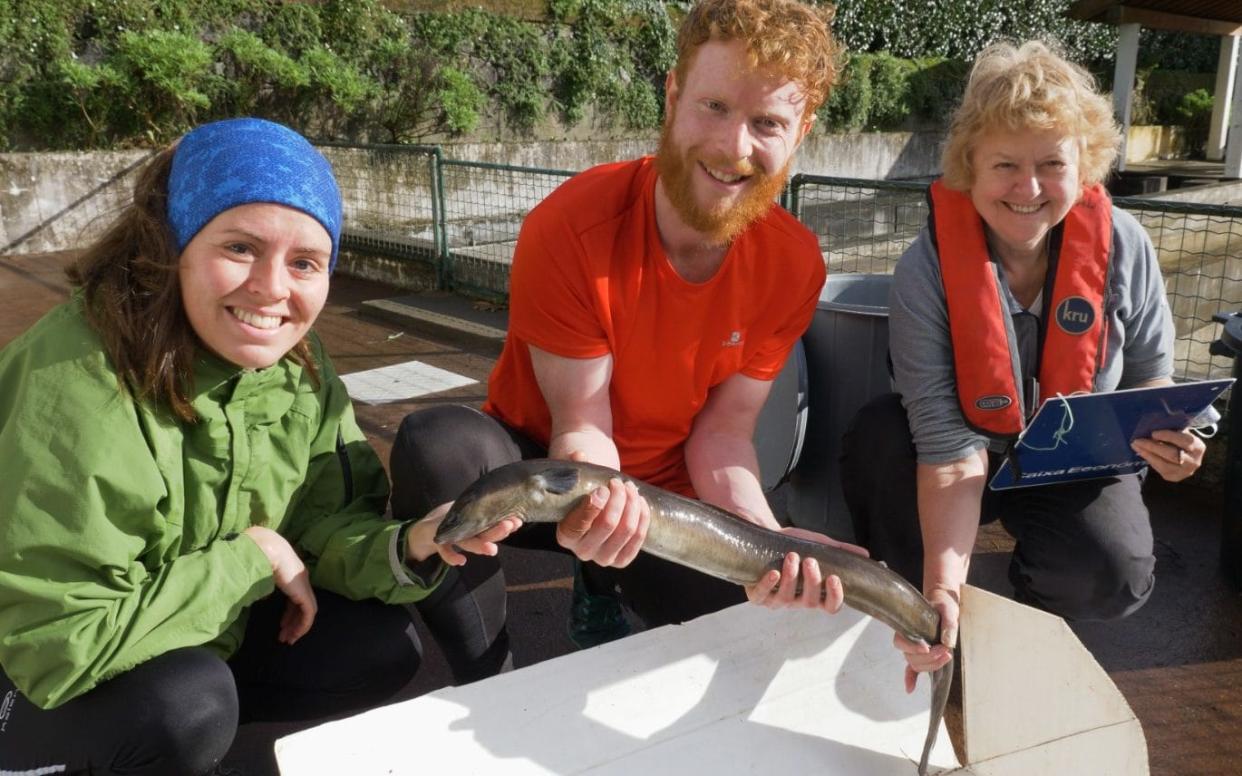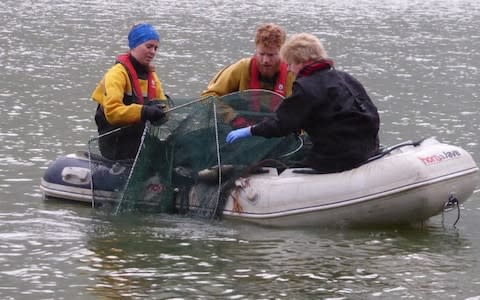Eel migration mystery that has puzzled ecologists since Aristotle about to be solved

The mystery of eel migration which has puzzled ecologists since Aristotle is about to be solved, the Environment Agency has said as it announced plans to locate their origin.
The critically endangered species travel some 3,700 miles from Europe across the Atlantic Ocean to spawn - but where exactly remains completely unknown.
Researchers claim the eels spawn and die somewhere in the Sargasso Sea, a vast area off the east coast of the United States and north of the Caribbean.
As numbers have dropped by 98 per cent since the seventies, experts from the Environment Agency created a method to track European eel migration routes.
Three eels were captured in a small river on the island of San Miguel, in the Azores archipelago, following a netting programme from October to December 2018.

In December, the eels were fitted with satellite tags and released into the Atlantic Ocean. The tags will detach around July and send data to researchers via satellite.
A previous project used the same technology to track the eels across the Atlantic, but this study looks to uncover previously unseen portions of their migration route.
The Environment Agency was joined by the University of the Azores, Zoological Society of London, Defra, Cefas, the University of Hull and DTU-Aqua in the study.
Ros Wright, of the Environment Agency said: "It is important that we solve the mystery surrounding their complete life-cycle to support efforts to protect the spawning area of this mysterious species.
"We hope that at least one of these three satellite tagged eels will become a superhero to the species by completing the migration life-cycle giving agencies and conservationists around the world the clues needed to protect this iconic species."
Sign up for your essential, twice-daily briefing from The Telegraph with our free Front Page newsletter.

 Yahoo News
Yahoo News 
